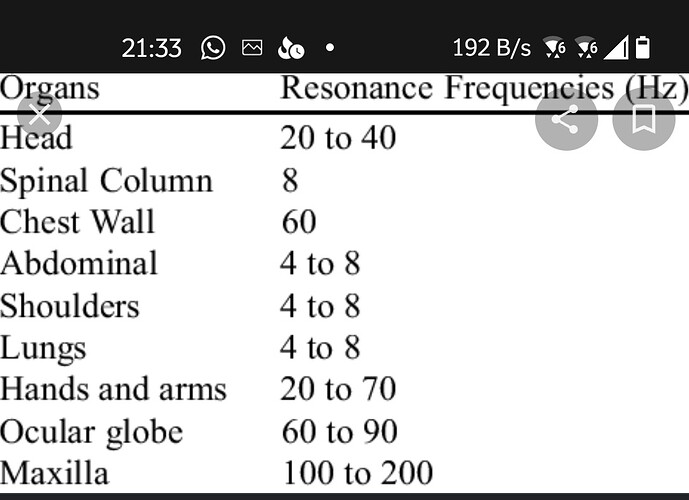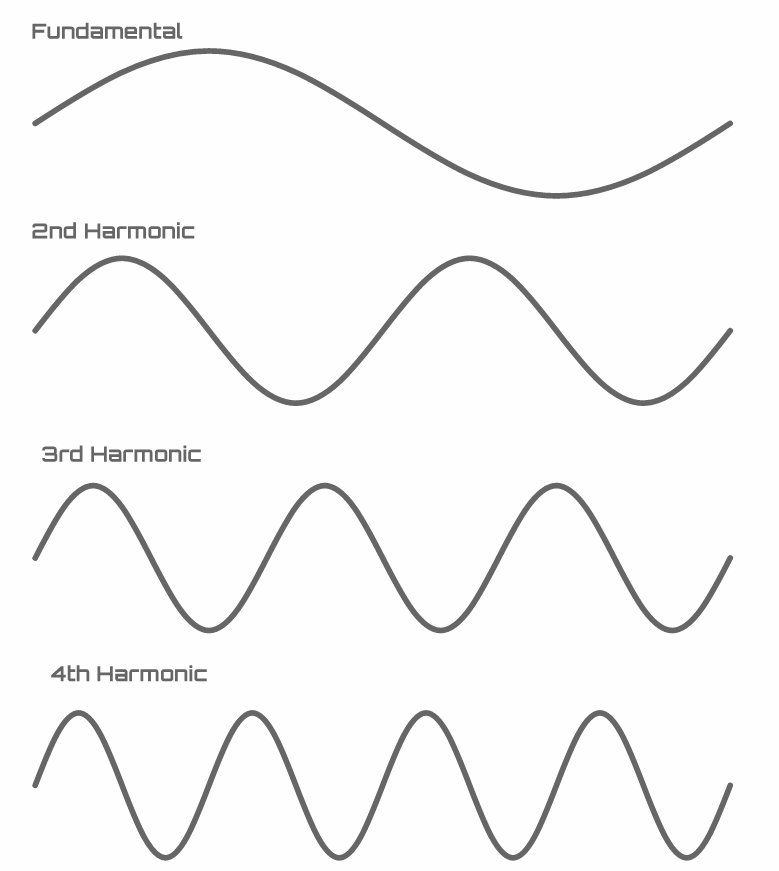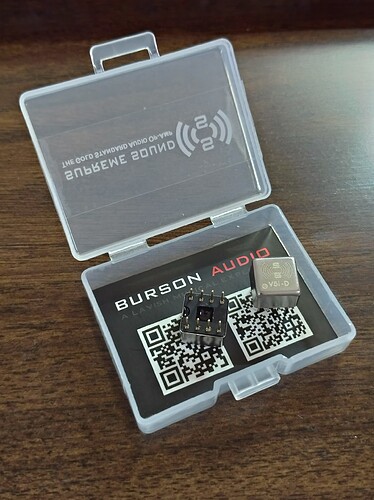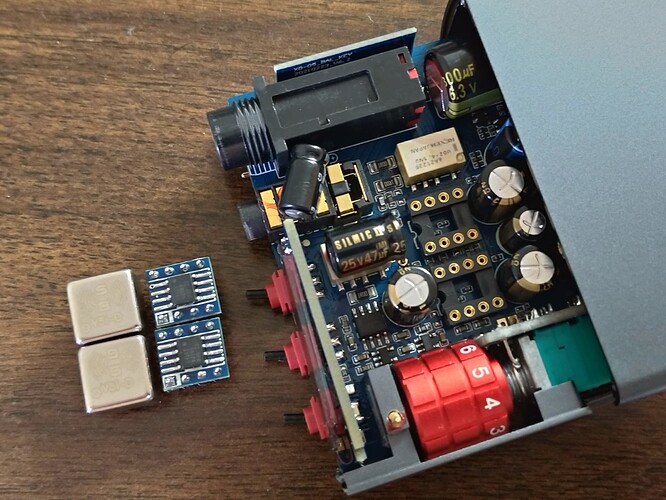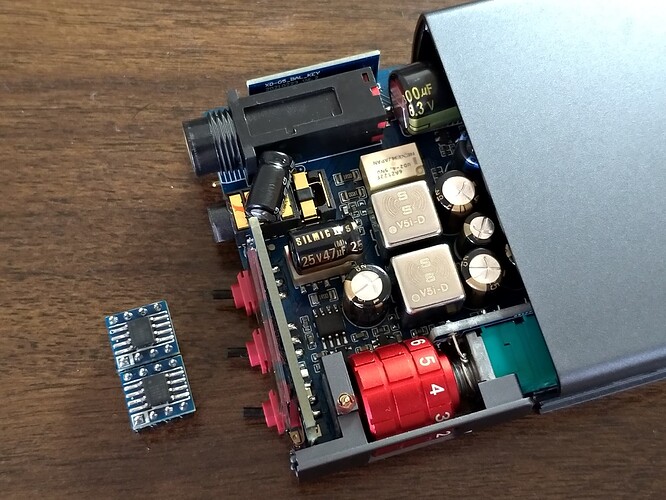Hi Nymz,
Another good and informative review, very interesting. The Mahina looks like an iem I would really like, IF it is available in a custom iem. But before that, I have a serious question for you about the FR graph. It shows the Mahina playing almost 70 dB volume at 20 Hz. Louder than any other frequency. Is that true?
If we just played music across all frequencies at the same level, 20 Hz would be the loudest? Because my Kinda Lava, I played a test tone through it at 20 Hz (should be loud, look at the graph!!!) and I could almost not hear a damn thing!!! When I play 20 Hz on my SVS sub in my home theater, I can hear it, my hearing is not that bad yet. I just cannot believe these graphs you guys post. Pls help me understand. Thank you sir.
God Bless,
Wayne
Songs are an extremely important part of the review. It brings objectivity to your reviews and something that I can check with my own ears. Also, I can compare your past reviews and really figure out more about the sets in details (i.e. set A is dark, set B is bright…).
Without it most reviewers are basically saying I like it or I don’t like it but that doesn’t mean anything for me.
The measurements are calibrated on selected frequency, so graphs for different sets would align (cross) at certain point. For nymz it looks like 60dB at 500Hz.
Ignore my answer and check @pylaczynski answer below
I always posted music, just not so bluntly. I decided to take the “YOU GOTTA CLICK THIS BRO” approach ahah
Just one thing technical: harmonics are sounds with higher frequency of the fundamental note (like 2x f, 3x f etc), never lower.
@tex_thai 20Hz and all sub-bass frequencie are normally more felt (by your resonating organs) than audible frequencies and this is why it is more “heard” from subwoofer than from IEM (as your whole body is affected). See the resonance frequency of different organs below:
So in short: you need much higher dB level of some frequencies than others to feel it as flat/neutral response and it is different for headphones and IEMs (this is why pinna gain exist and some compensation curves based on researches). Worse is that it is different from person to person.
Uh, I didnt know that.
If you play a note 50hz, it can only go up an not down? (like a reverb effect of some sort)
Yes, exactly with frequency multiplied by integer value. Check out the voice recorder with audio frequency analysis on how it looks for example if you play a note on the piano or on cymbals (you would have plenty toys like that in the future) ![]() there is also something going on with odd (3f, 5f…) harmonics which is not going on with even harmonics (2* f, 4*f…), but I don’t fully get that yet. A rumor says that even are more pleasantly, warm sounding and those are generally generated by tube amps etc, but I am not sure about that
there is also something going on with odd (3f, 5f…) harmonics which is not going on with even harmonics (2* f, 4*f…), but I don’t fully get that yet. A rumor says that even are more pleasantly, warm sounding and those are generally generated by tube amps etc, but I am not sure about that ![]()
Oh I understand and know that, sorry, my point was another one.
If you play a kickdrum, let’s say @ 100 fundamental, the vibration of the hit will generate lower frequency sounds, right? I thought that was called lower harmonics in english
nope. Its a 2x multiplier. So the next step is 200hz, then 400hz, then 800hz, etc…
I believe this goes on until the energy (Decibel) is completely gone. Thus, with harmonics, the “aftershock” of the initial “hit” will have a higher frequency BUT LOWER volume.
Thanks! I knew that part but really thought there was something going into the left as well.
You live and you learn ![]() thanks guys
thanks guys
There are both even and odd harmonics to be precise. Sometimes harmonics can have higher energy than fundamental, for example for some piano notes
Although IIRC, there are sometimes when the harmonics is close to the fundamental frequency, but still higher (hz).
There is stuff called undertones or subharmonics with lower frequency than fundamental, but I think those are made artificially only (as they are not a part of real spectrum of an instrument). Yes, the shit is tough
That might be due to resonance? I have noticed that sometimes when I play the piano.
That makes sense to the technonymz then ![]()
You may be completely right that it is some side effect and for pure string it would not work like that ![]()
haha yeah. I remember being lectured by my piano teacher on not saying “play higher” when I meant “play so it sounds louder in volume/db”, because that means playing with a higher frequency. (IIRC, years ago…)
Correct term is “play stronger”. ![]()
Since there’s no dedicated thread for xduoo XD-05 Balanced, and daddy @nymz and The Father ( @Tfaduh ) threw me into the Burson hole, I might as well share some shots about changing the stock opamps to Burson V5i-D:
Remember, for the XD05 Bal, it has to be 2 x Burson V5i-Ds, and watch out for the poles and directions.
There’s also a Burson V5i-S, but V5i-“D” means dual or double, watch out for which op-amp you’re buying. Bal needs the D.
Still assessing the SQ difference, but clearly things have become cleaner and sub-bass extension is DEEP ![]()
The only other place I found someone sharing about changing opamps on the Bal is here: https://www.head-fi.org/threads/xduoo-xd05-balanced.954018/page-3#post-16219283
Small correction: Plus uses a single V5i-D as well and not S. The difference is only the quantity and not the model.
Congratulations, welcome to Burson hole ![]() we have cookies.
we have cookies.
